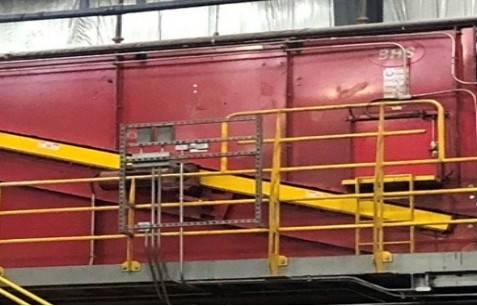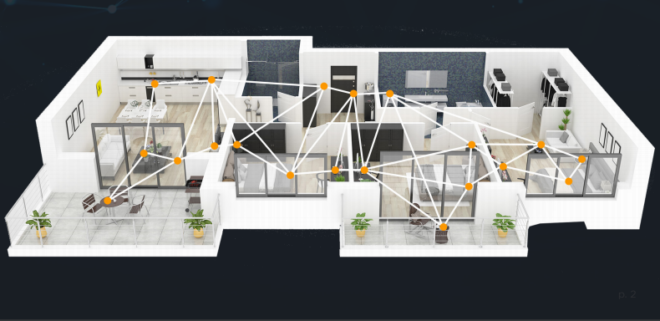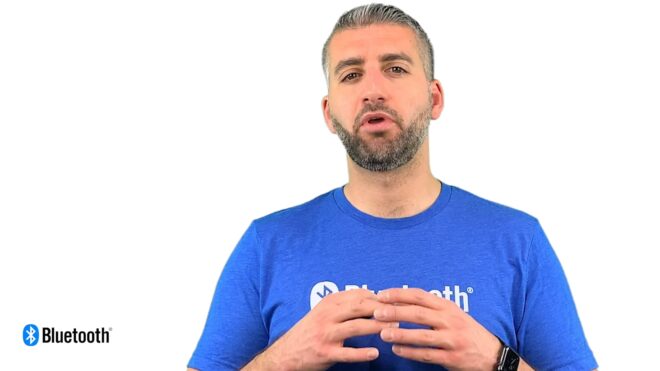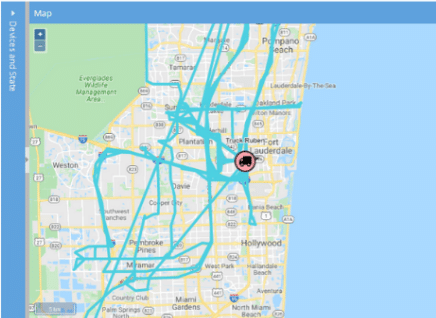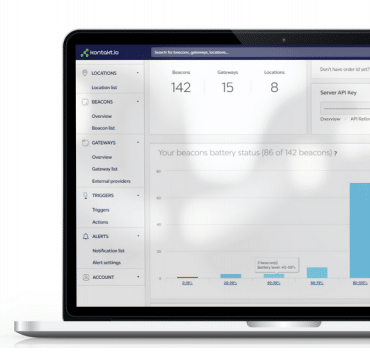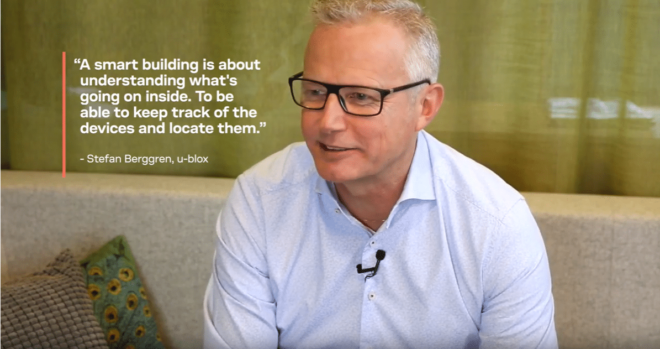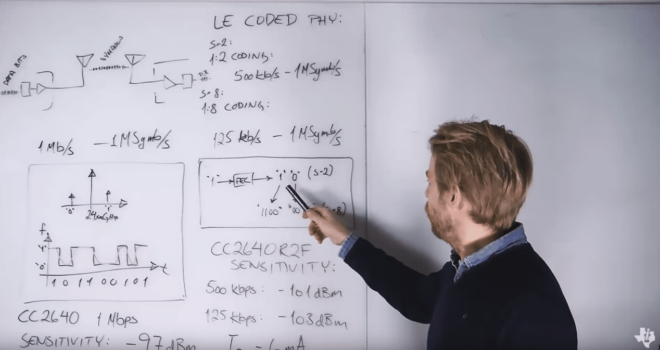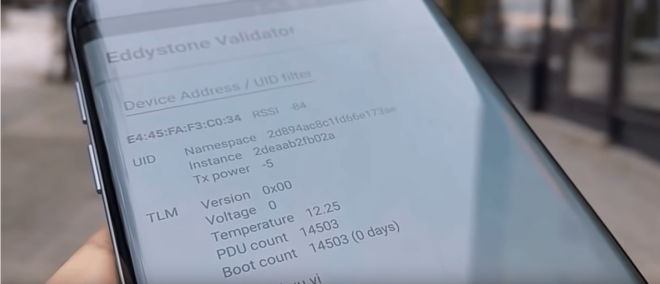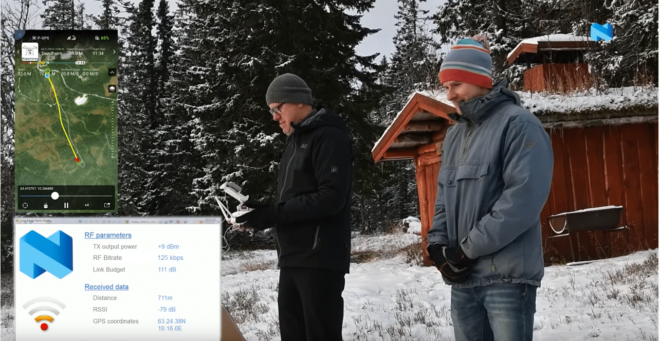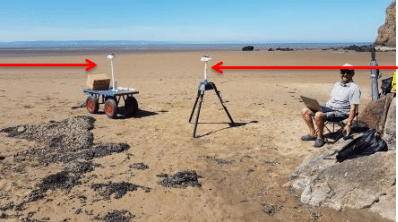What is the range of Bluetooth® technology?
More than a kilometer. Less than a meter.
The effective, reliable range between Bluetooth devices is anywhere from more than a kilometer down to less than a meter.
What Determines Bluetooth Range?
The longer answer to the question about the range of Bluetooth® technology is it depends.
Unlike other wireless technologies, Bluetooth technology is designed to support a wide range of achievable ranges between two devices, providing developers tremendous flexibility to create wireless solutions that best meet the needs of their target use case.
Several key factors influence the effective range of a reliable Bluetooth connection, including the following:
Radio Spectrum
Radio spectrum stretches from 30 Hz to 300 GHz. The lower the frequency the longer the range. However, the lower the frequency the lower the data rate it can support. 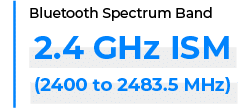 As a result, selecting a radio spectrum comes with tradeoffs between range and data rate.
As a result, selecting a radio spectrum comes with tradeoffs between range and data rate.
Bluetooth® technology uses the 2.4 GHz ISM spectrum band (2400 to 2483.5 MHz), which enables a good balance between range and throughput. In addition, the 2.4 GHz band is available worldwide, making it a true standard for low-power wireless connectivity.
PHY
 The physical layer (PHY) of a wireless technology defines the modulation scheme and other techniques it uses to send data over a specific radio frequency (RF) band. This includes the number of channels available, how effectively those channels are utilized, the use of error correction, the guards in place to counter interference, and much more. If you compare RF communication to verbal communication, you can think of the PHY as defining the speed and clarity of your speech. Both impact the range at which you can be heard.
The physical layer (PHY) of a wireless technology defines the modulation scheme and other techniques it uses to send data over a specific radio frequency (RF) band. This includes the number of channels available, how effectively those channels are utilized, the use of error correction, the guards in place to counter interference, and much more. If you compare RF communication to verbal communication, you can think of the PHY as defining the speed and clarity of your speech. Both impact the range at which you can be heard.
Bluetooth® technology provides multiple PHY options, each with different characteristics that determine effective range and data rates.
Receiver Sensitivity
 Receiver sensitivity is the measure of the minimum signal strength a receiver can interpret. In other words, it’s the lowest power level at which the receiver can detect a radio signal, maintain a connection, and still demodulate data. Think of receiver sensitivity as a measure of how well you can hear or the quietest sound you can hear and understand.
Receiver sensitivity is the measure of the minimum signal strength a receiver can interpret. In other words, it’s the lowest power level at which the receiver can detect a radio signal, maintain a connection, and still demodulate data. Think of receiver sensitivity as a measure of how well you can hear or the quietest sound you can hear and understand.
Bluetooth® technology specifies that devices must be able to achieve a minimum receiver sensitivity of -70 dBm to -82 dBm, depending on the PHY used. However, Bluetooth implementations typically achieve much higher receiver sensitivity levels. For example, average implementations of the Bluetooth LE 125K (Coded) PHY are achieving a receiver sensitivity of -103 dBm.
Transmit Power
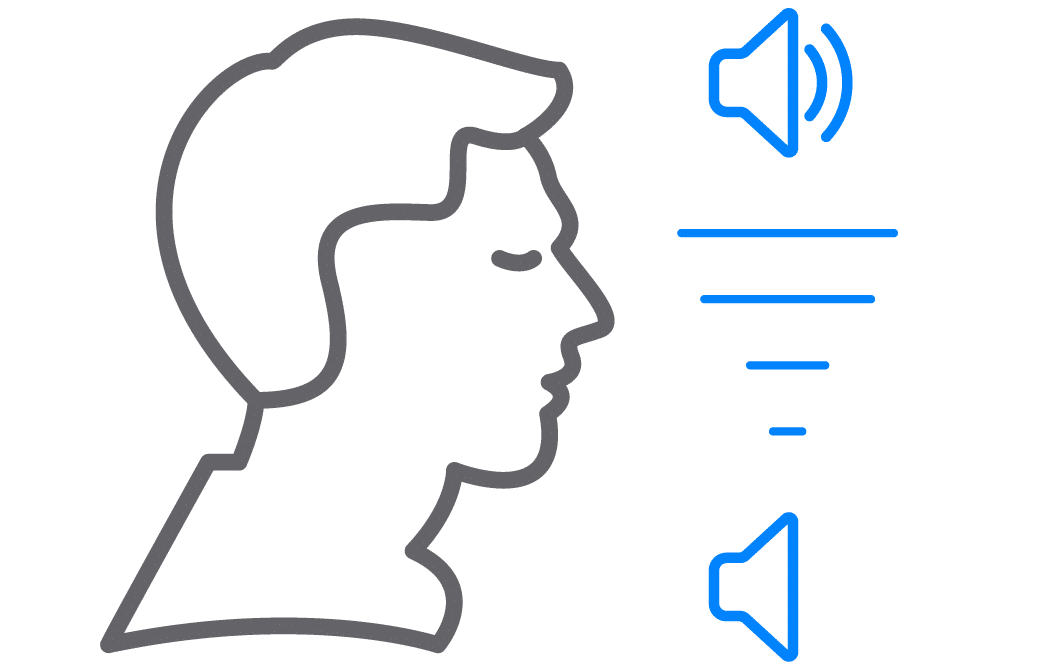 Choosing a transmit power level is a design tradeoff between range and power consumption. The higher the transmit power, the more likely the signal can be heard at longer distances and the longer the effective range. However, increasing the transmit power increases the power consumption of your device. Think of transmit power like the volume of your voice.
Choosing a transmit power level is a design tradeoff between range and power consumption. The higher the transmit power, the more likely the signal can be heard at longer distances and the longer the effective range. However, increasing the transmit power increases the power consumption of your device. Think of transmit power like the volume of your voice.  The louder you speak, the farther away someone can hear you but the more energy it takes.
The louder you speak, the farther away someone can hear you but the more energy it takes.
Bluetooth® technology supports transmit powers from -20 dBm (0.01 mW) to +20 dBm (100 mW).
Antenna Gain
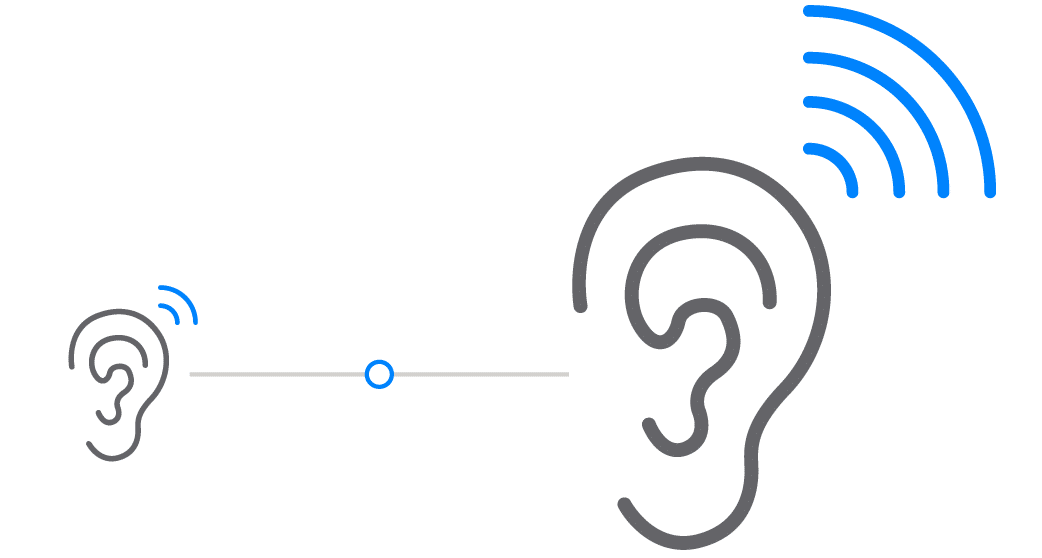 The antenna converts electrical energy from the transmitter into electromagnetic energy (or radio waves) and vice-versa for the receiver. Antenna location, package size, and design can greatly impact how effective the signal is transmitted and received. And types and sizes of antenna and their efficiency in converting electrical to electromagnetic energy and focusing the direction of the energy can vary greatly.
The antenna converts electrical energy from the transmitter into electromagnetic energy (or radio waves) and vice-versa for the receiver. Antenna location, package size, and design can greatly impact how effective the signal is transmitted and received. And types and sizes of antenna and their efficiency in converting electrical to electromagnetic energy and focusing the direction of the energy can vary greatly.
 The effective antenna gain is relevant for both the transmitting and receiving antenna. The directional influence of an antenna is similar to speaking or listening through a cone to focus the energy of the sound.
The effective antenna gain is relevant for both the transmitting and receiving antenna. The directional influence of an antenna is similar to speaking or listening through a cone to focus the energy of the sound.
Bluetooth® technology designers can choose to implement a variety of antenna options. Antenna design is as much an art as it is a science. Bluetooth devices typically achieve an antenna gain in the range of –10 dBi to +10 dBi.
Path Loss
 Path loss is the reduction in signal strength that occurs as a radio wave propagates through the air. Path loss, or path attenuation, occurs naturally over distance and is impacted by the environment in which the signal is being transmitted. Obstacles between the transmitter and the receiver can deteriorate the signal.
Path loss is the reduction in signal strength that occurs as a radio wave propagates through the air. Path loss, or path attenuation, occurs naturally over distance and is impacted by the environment in which the signal is being transmitted. Obstacles between the transmitter and the receiver can deteriorate the signal.
Attenuators can be anything from humidity and precipitation, to walls, windows, and other obstacles made of glass, wood, metal, or concrete, including metal towers or panels that reflect and scatter radio waves. While radio waves can pass through objects, the amount of attenuation and effective path loss varies with the type and density of the obstruction. Think about when you are trying to hear someone in the next room and the difference between the volume and clarity of what you can hear if the wall that separates you is made of wood compared to concrete.
Stay in the Know
Keep up to date with the latest Bluetooth technology updates


